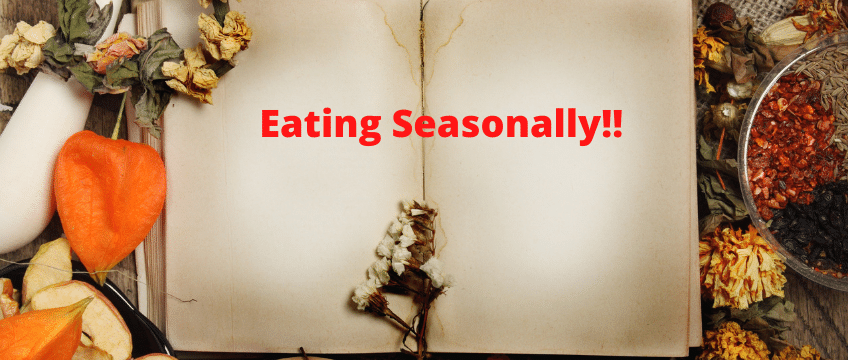Best Food to eat during Different (summer, winter, rainy, spring) Seasons
- by Lucas
- Apr 18, 2024

In a nation the size of India, virtually any season is possible. There are snow-capped peaks in the Himalayas, rainforests in Kerala, vast deserts in Rajasthan, and an extensive ocean coastline.
Looking at the various climates is the greatest approach to comprehend the cuisine. Seasonal and regional cooking and preservation techniques are also available. Seasonal dining is an art form in India.
Choice of food for Different Seasons
Summer
The four months with the warmest air in the atmosphere are February, March, April, and May. As a result, this season is known as summer. Solar rays are parallel in India during these months, therefore our country is experiencing this hot season.
During the summer, we need to drink enough water. Water flushes toxins from our bodies. We should consume mango sherbet, sugarcane juice, and lime juice throughout this season. Before leaving the house during the day, we should drink buttermilk. Mango, jackfruit, watermelon, and muskmelon are seasonal fruits that are primarily accessible in the summer. We must not pass up this opportunity to consume these fruits.
Rainy
The rainy season is four months: June, July, August, and September. That is why the rainy season is named. Winds blow from the southern hemisphere to India during those months. The winds are referred to as 'southwest monsoon winds.' The rainy season is hence sometimes referred to as "Monsoon season."
Special attention should be paid this season, as a result of the increased humidity of microorganisms during the season. Light and moderate meals should be eaten. The food that is light should be taken during this season, since it is easier to digest, such as fibrous vegetables, snake gourd, the smooth gourd, bitter gourd, etc. It is important to consume fresh and warm meals.
Winter
The air in the atmosphere is chilly throughout the months of October, November, December, and January. As a result, this season is known as the winter season. The air is chilly and dry in the winter. When there is a cold wave, it might be quite chilly. Because this season is unsuitable for microorganisms, they cannot reproduce. People generally suffer from cold and hypothermia during the season. Hypothermia kills a lot of individuals.
During the winter, the body needs foods that provide a lot of warmth and vitality. So we consume sweets, dry foods, groundnuts, and sesame seeds, which are high in oil. We also consume a lot of carrot halwa, bhakri made of bajri, i.e. "Bajre ki roti," brinjals, gum laddus, dates, almonds, sesame, and jaggery these days.
Spring
Spring, also known as Basant, is a period of the year when the weather is generally nice. This season occurs between the winter and summer seasons. As a result, it is neither too hot nor too chilly. Basant is also regarded as a period of regeneration and rejuvenation in India. It is also the most fruitful season since plants begin to develop new leaves, fruits, and flowers at this period.
Asparagus, green onions, spinach, wild greens, and lettuce are among the most delicious and diverse greens available in the spring. They urge you to eat more salads for lunch and dinner.
Conclusion
India, with rich cuisine traditions, is a varied country. When you dive deeper into the traditional cuisine of this amazing country, you find layers of culture and flavor.
Leave A Comment